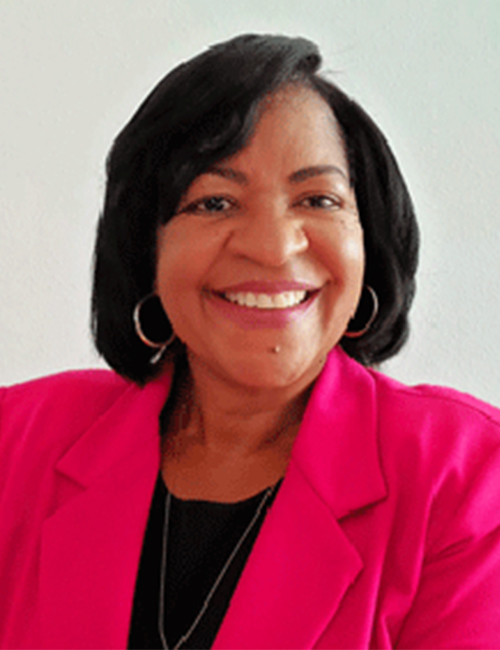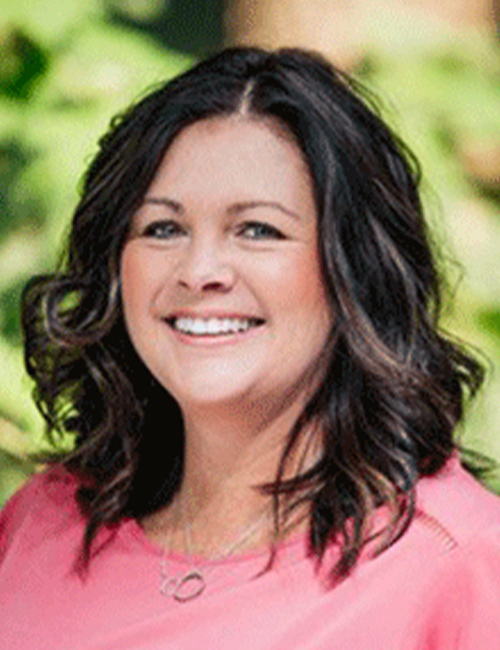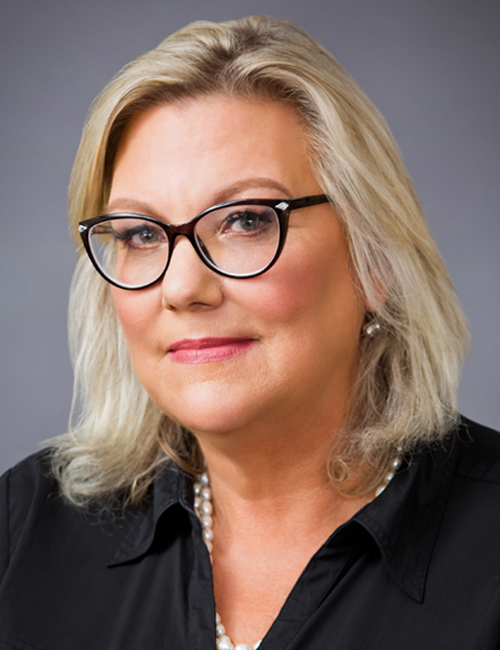


Dear Boardwise,
What are the best ways to communicate with our community during this pandemic?
Angelena: As school board members, this time of year is typically filled with a bustle of activities. Your calendar is usually packed with events you plan to attend in support of students, staff and community. Yet here we are, almost a year into the COVID-19 pandemic, trying to find ways to maintain contact with community members while adhering to COVID restrictions. How do we do it? Here are a few tips.
Take advantage of Zoom events. Since you can log in from anywhere, and don’t have to factor in commute time, you can easily “event hop.” Make sure your Zoom name reflects who you are (Name, Board Member) so that your presence is noted, and send a brief email afterwards to show appreciation as well as let them know that you are still engaged.
Many communities are also hosting events online. Check in with your local city and civic organizations to see how you can participate. Some organizations may even allow you to provide a brief district update. This allows you to not only show engagement and visibility, but to pass on important information.
If you are able to safely do so, volunteer at in-person events taking place in your district. Many are hosting food distributions and supply giveaways. In addition, sites are still distributing technology support and textbooks to students. Show up and participate — an extra pair of hands would surely be appreciated.
Walk your neighborhood and chat with people you run into (staying socially distanced and wearing a mask). Introduce yourself, give them your card and ask how they are doing. A simple conversation can go a long way and will not be forgotten.

Finally, keep your district website updated, and have your superintendent or board president send out voice messages to households providing district updates on a regular basis.
These are just a few ideas on maintaining communication during COVID. No matter how you do it, just do it! It’s important to remain present and active in your position outside of board meetings. Don’t let COVID keep you away from the support you give your community; stay visible, stay engaged and stay present.
Amy: As locally elected officials and community leaders, county board members have a responsibility to keep the public informed about the county’s goals, programs and processes. During the pandemic, this responsibility might be even more important. Effective board members are often visible in the public attending events, community activities and student programs. I find myself being approached during visits to the grocery store or through Facebook Messenger. During the pandemic, being visible is difficult, yet I am still finding ways to communicate.
When the shutdown began March 15 of last year, I was serving as board president in Butte County. The superintendent and I engaged in several conversations on how our board would transition to virtual meetings as a strategy for sharing important information with the public. During the board meetings, the Superintendents Report included COVID updates where each district’s activities were shared. In between meetings, board members would receive correspondence prior to its release to the community and were given the opportunity to ask any questions to ensure “one voice” was going out.
As a result of the 2018 wildfires, the Butte County Office of Education temporary employed a public information officer, which became an important part of our structure. In July 2020, Butte COE hired its first permanent PIO to ensure consistent and timely communication to the community. In talking with other county office board members and staff, I have learned there are similar positions in many offices around the state.
In communicating with the public, it’s important as a county board member to keep in mind that the role of advocate doesn’t change in a pandemic. Whichever forms of communication you were using that didn’t involve public gatherings should still apply today. Social media, Twitter, Instagram and conversations with the public are great ways to forward information, as many people are now using these platforms to get instant access to news. If you haven’t already developed a plan for using social media as part of your board protocols, then now is a good time to talk about that with your board.
Teri: Communication during a normal school year can be difficult at times. COVID-19 has made our communications more difficult and, at the same time, more important. Many boards have had numerous stakeholders join their virtual board meetings with many questions. One of the strategies that we have implemented in Fall River Joint USD is having townhall meetings to address the important issues. This is dedicated time where parents, staff and community members can get their questions answered and it is a time where the governance team can get important information out.
In rural areas such as mine, there need to be various ways the parents and stakeholders can interact and ask questions of the district. I like to have a way for parents/stakeholders to submit questions through email, phone or by hard copy if they have connectivity issues. As trustees, we always must think of access as an equity issue. Asking questions like if there are translation services available in the languages spoken in your district are important.
Utilize all the resources available to you to communicate. Do you have a tab on your website that directly links to your COVID-19/distance learning plan? Do you have partnerships with the local newspapers and service organizations? Both these resources are a great way for my rural district to communicate with our community. The superintendent and I have made service organization presentations many times when there are important issues going on in the district. We have a high population of Native American students so many times we have partnered with the local tribal office to get important information to our families.
Our job as board members includes being ambassadors for our districts. It is always important to follow your districts communication protocol as to who speaks for the board. This is especially relevant during times of crisis, as you want accurate and consistent information being delivered. These are challenging times to be a board member. With strong communication to our community, we can reassure everyone that the health and safety of students is of our utmost concern.